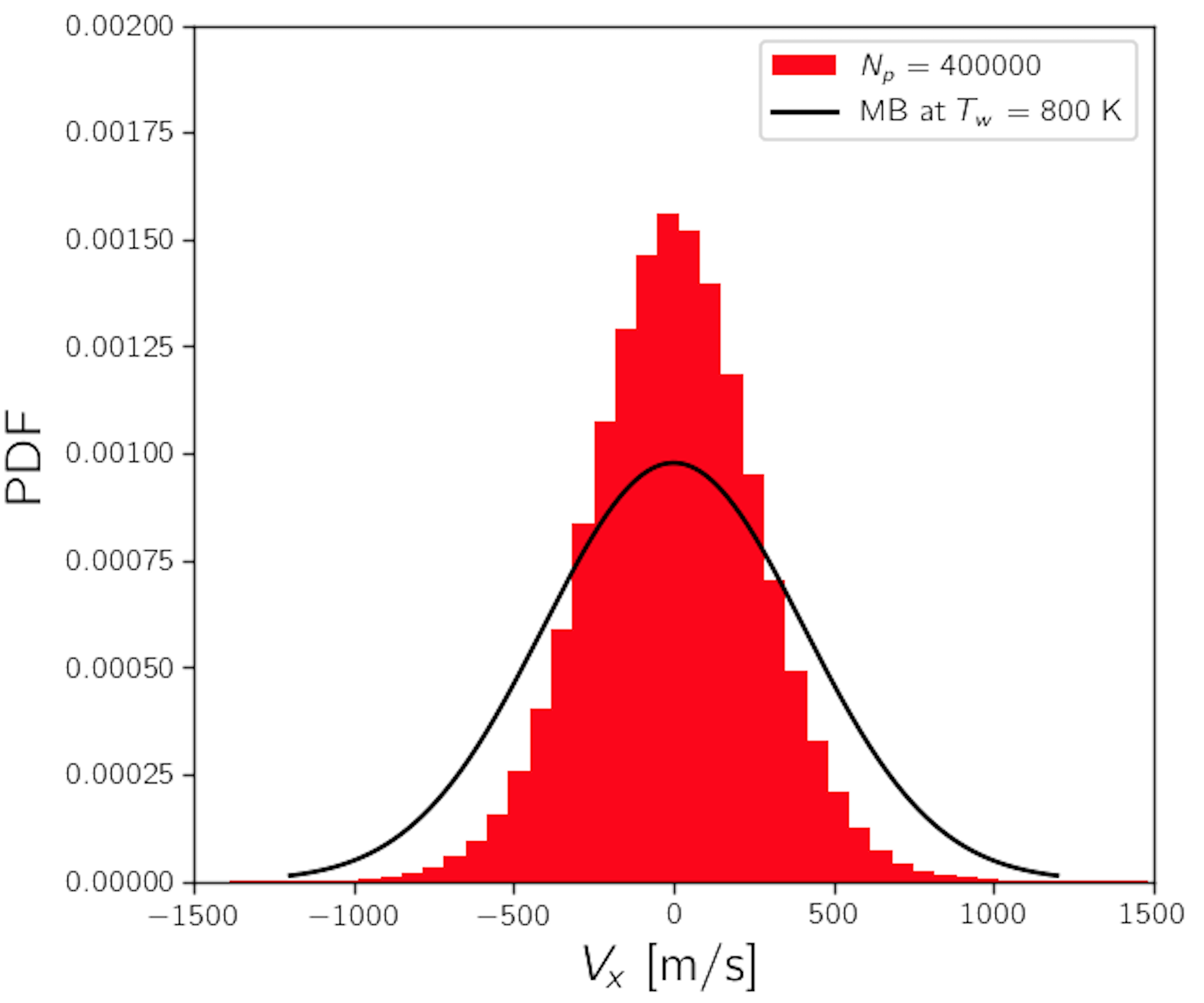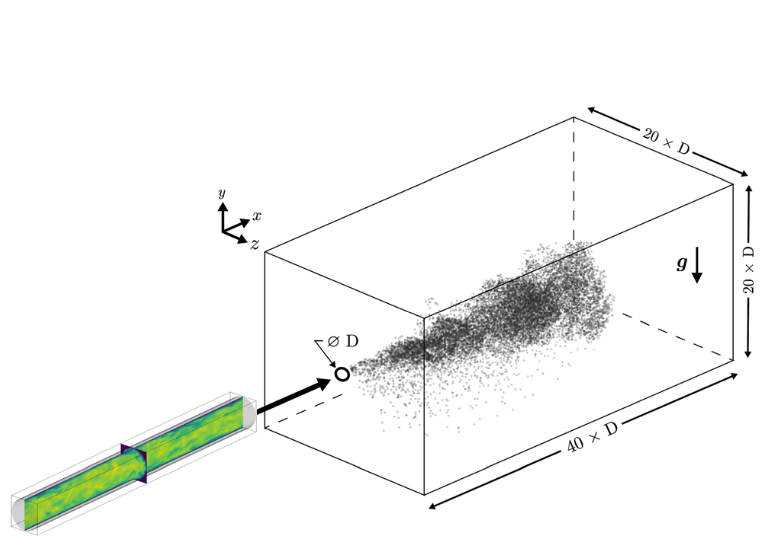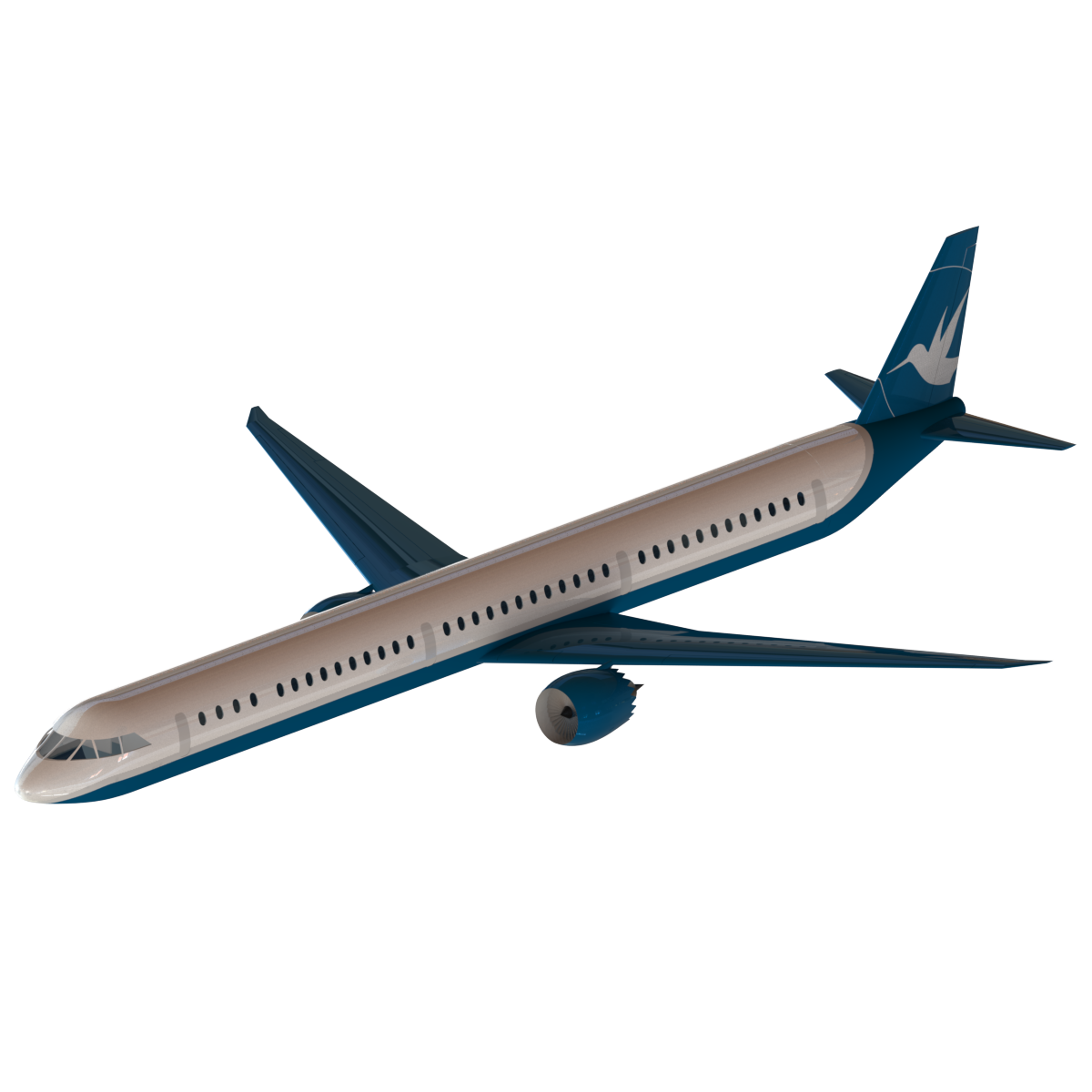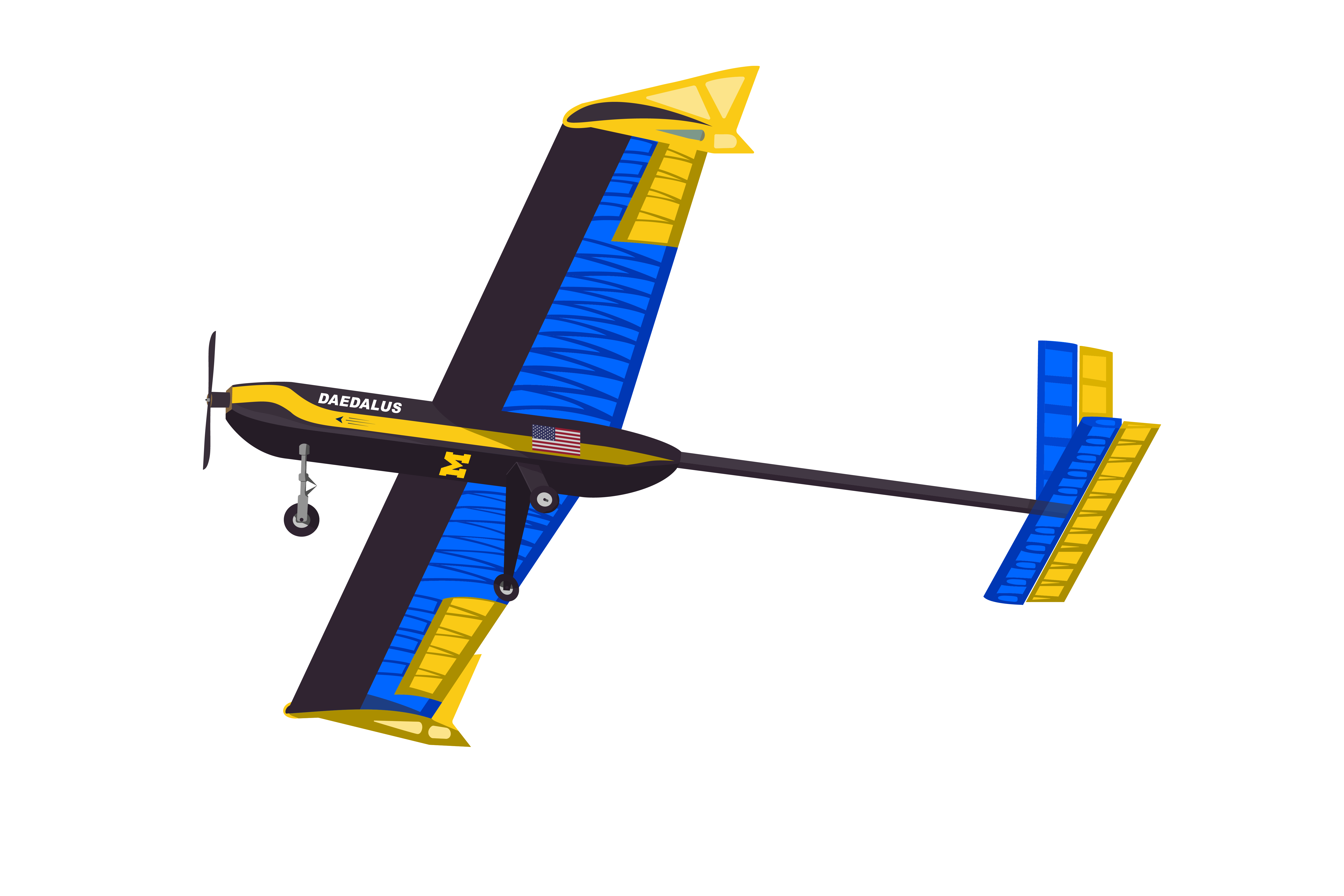Portfolio
University of Colorado Boulder
Test Particle Monte-Carlo solver in Python
In Python, I created a test particle monte-carlo solver to simulate the diffusion of molecular species through a membrane. The effect of nonequilibrium wall temperatures on rarefied gas flow is investigated. Gas properties, including shear stress and heat transfer rates were computed to show evolution of properties over time due to the nonequilibrium wall.
PDF
Direct Simulation Monte-Carlo solver in Python
In Python, I created a Direct Simulation Monte-Carlo solver to simulate a shock-tube from a molecular standpoint. Multiple freestream mach numbers and densities are chosen and the resulting shock width is computed. Results show that collisions drive a system towards equilibrium by transferring energy between particles.
PDF
University of Michigan
Supersonic Engine Analysis
In MATLAB, I created a first-order finite volume solver to simulate supersonic flow through the engine inlet of the X-43. An automatic mesh adaption routine was also created to sequentially adapt the mesh to regions of high gradients.
PDF
Role of Pulsatiliy on Particle Dispersion in Expiratory Flows
At Michigan, I worked to investigate the role of pulsatility on the dispersion of cough-borne particles. Of particular relevance to this project was the ongoing COVID-19 pandemic and the questions it raised on social distancing practices. Through fluid simulation, I focused on recreating a realistic (multiple-pulses), particle-laden cough to isolate the effect of pulsatility and highlight its effect on the transmission of disease.
PDF DOI
Sabrewing S505
For my senior aircraft design class, my team and I were tasked to design a replacement for the Boeing 737-800 MAX that could exceepd the performance characteristics of it’s competitor: the Airbus A321XLR. From our analysis, we determined that single-aisle, low-wing configuration with a composite structure would result in a aircraft with a lower direct operating cost then that of the A321XLR.
PDF
MX-5 Daedalus
In my junior year, I served as a Chief Engineer for M-Fly, a student project team at Michigan. There, my team designed the MX-5 Daedalus to compete in the SAE Aero Collegiate Design Challenge. The MX-5 was an 11-ft wingspan radio-controlled aircraft built to deliver payloads to a GPS-guided target. My responsibilities included defining the aircraft design objectives and its aerodynamic design. Our team was awarded a first-place finish in design.
M-Fly Website
Propeller-Wing Interaction Study
For senior design, my team and I investigated the aerodynamic effects of a electronically translational wing-mounted propeller. To meet this task, we designed a half-span wing model for the University’s 5 x 7 ft Low Turbulence Tunnel. We found that increased spanwise placement results in clear benefits to aircraft performance - particularly at cruise.
PDF







